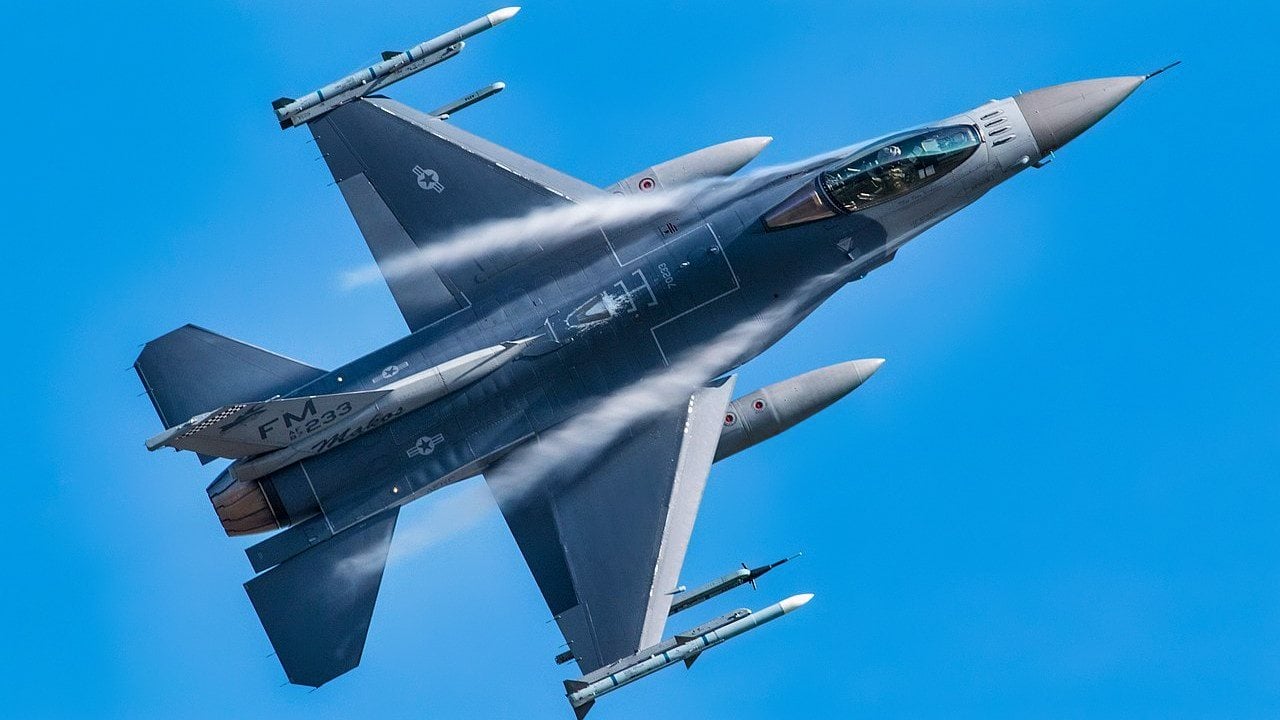Why NATO Loves the F-16 Fighting Falcon Fighter Plane

Summary and Key Points: The F-16 Fighting Falcon, the most widely adopted fixed-wing aircraft, continues to be produced for foreign military sales by Lockheed Martin.

-The Block 70/72 variants, equipped with the L3Harris AN/ALQ-254(V)1 Viper Shield electronic warfare system, will be supplied to Bahrain, Bulgaria, Morocco, Slovakia, and Taiwan. This $897.4 million contract ensures delivery of advanced fourth-generation fighters by June 2028.
-The Viper Shield, introduced in 2021, enhances the F-16's radar and jamming capabilities, providing greater situational awareness and protection. NATO members Bulgaria and Slovakia are transitioning from Soviet-era MiG-29s to these modernized F-16s.
F-16 Fighting Falcon Upgraded with Viper Shield for Enhanced Defense
The F-16 Fighting Falcon remains the most widely adopted fixed-wing aircraft in military service today, with the aircraft now operated by more than two nations around the world. The F-16 first took to the air more than 50 years ago and though the United States Air Force is no longer acquiring the aircraft, Lockheed Martin (which obtained General Dynamic's aviation business in the 1990s) continues to produce the Fighting Falcon for foreign military sales.
The FMS customers of the Block 70/72 variants will see the Fighting Falcon with even sharper talons. The aircraft are being equipped with the L3Harris AN/ALQ-254(V)1 Viper Shield electronic warfare (EW) system. The latest variation of the Fighting Falcon will be equipped with the system, and receive the modifications through the end of June 2028.
"This modification involves Foreign Military Sales to the Kingdom of Bahrain, the Republic of Bulgaria, the Kingdom of Morocco, the Slovak Republic, and the Taiwan Air Force," the DoD announced. "The contract modification expands the current long lead materials contract to allow the contractor to begin production tasks."
The contract for the enhanced F-16s is valued at $897.4 million.
All five of the FMS nations are either current or future customers of the advanced fourth-generation all-weather multi-role fighter. Bahrain and Morocco both operate older models of the Fighting Falcon, while Taiwan is now one of the largest operators after the United States Air Force. The self-governing island nation has upgraded its fleet of more than 100 older F-16A/B models to the Block 70/72 standard.
NATO members Bulgaria and Slovakia – both former Warsaw Pact members – are upgrading their air fleets from the legacy Soviet/Russian MiG-29 fighters, with Slovakia receiving 14 and Bulgaria acquiring 16 of the Block 70/72 aircraft.
Viper Shields Up and More
The Viper Shield EW was first introduced in 2021 to provide added protection and offensive EW capabilities to the Fighting Falcon. According to Airforce-Technology.com, the software-defined technology is able to provide "an electronic shield around the aircraft" that can reveal digital radar threats, while also designating countermeasure capabilities via "an integrated, internally mounted system." It further protects the F-16 via a multiple digital radio frequency, memory-based jamming system.
The AN/ALQ-254(V)1 Viper Shield successfully completed its critical design review (CDR) milestone in late 2022 and successfully demonstrated interoperability with Northrop Grumman's advanced APG-83 AESA radar. According to Lockheed Martin, the radar and shield enhance the F-16 with "5th Generation fighter radar capabilities" including greater situation awareness and improved all-weather tracking.

The Block 70/72 Fighting Falcons are also equipped with the advanced fourth-generation aircraft are equipped with a high-resolution Center Pedestal Display (CPD) that can deliver "critical tactical imagery to pilots," while allowing the aviator the ability to take full advantage of AESA and the aircraft's targeting pod data.
Author Experience and Expertise: Peter Suciu
Peter Suciu is a Michigan-based writer. He has contributed to more than four dozen magazines, newspapers, and websites with over 3,200 published pieces over a twenty-year career in journalism. He regularly writes about military hardware, firearms history, cybersecurity, politics, and international affairs. Peter is also a Contributing Writer for Forbes and Clearance Jobs. You can follow him on Twitter: @PeterSuciu. You can email the author: Editor@nationalinterest.org.
All images are Creative Commons or Shutterstock.
